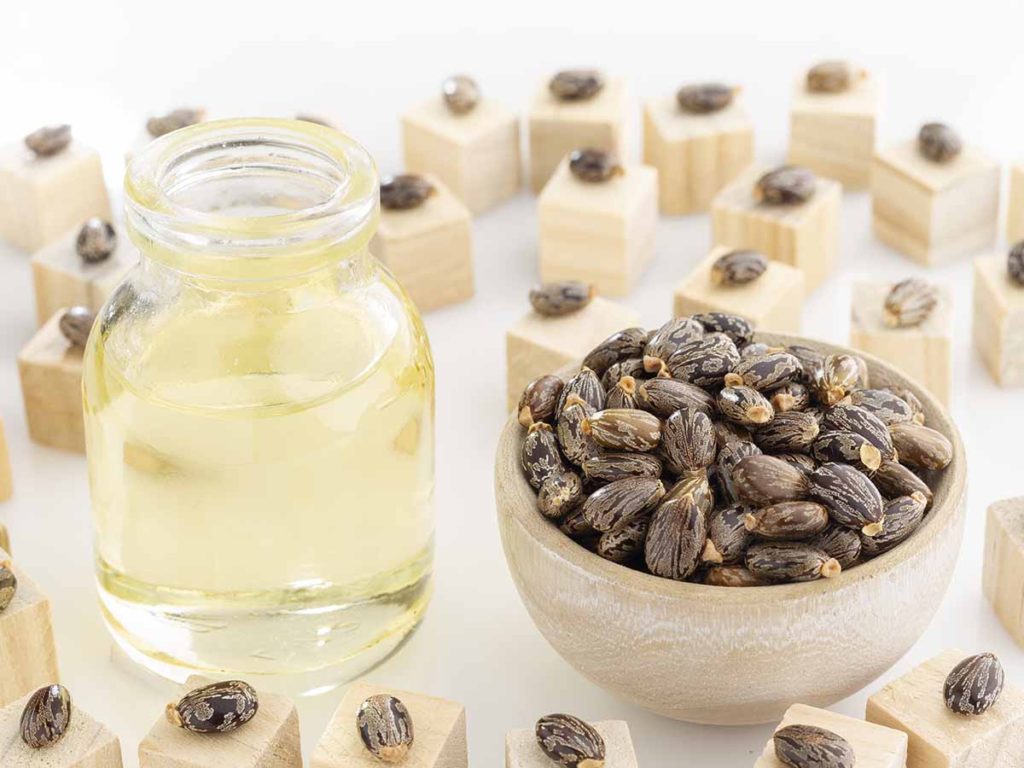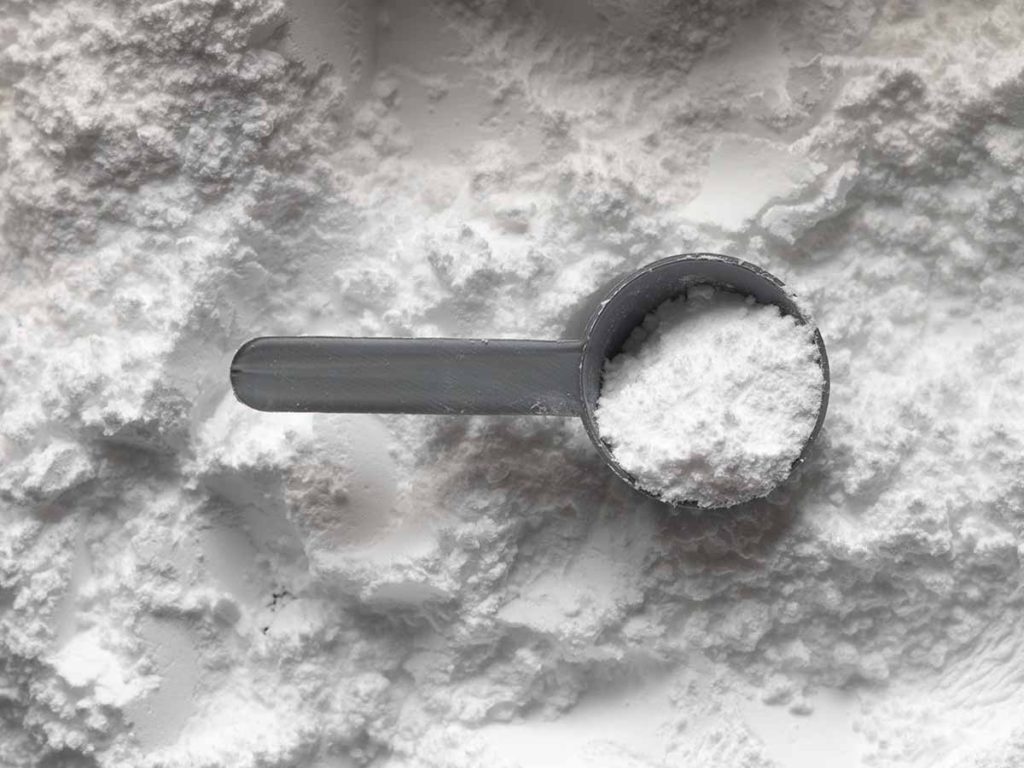Castor Information
Questions about Castor?

Please view our Frequently Asked Questions (FAQ) section, designed to provide general information regarding the preconceptions associated with Castor Oil. Answers are based on the analysis of scientific sources referenced as answers are provided.

Castor Farming
Castor can be grown on almost all types of well drained soils. It adapts well to arid and semi-arid climate, but cold & temperate regions are not suitable for profitable castor cultivation. The key principles of castor farming include suitable selection of field which should be well drained and selection of appropriate castor hybrid / variety for sowing which should be based on available farm resources viz., labor, irrigation etc.
Manufacturing of Castor Oil
Castor oil is extracted either by hot pressing or cold pressing to extract the initial oil content. The remaining oil content is extracted using a solvent extraction technique typically involving n-hexane as the solvent. The oil is refined and packed for dispatch in liquid form. The leftover extracted solid is known as de-oiled cake.

Hydrogenated Castor Oil
Castor oil and hydrogen gas are mixed in an autoclave along with a catalyst. High pressure and temperature are exerted onto this mixture to produce hydrogenated castor oil. This waxy substance is filtered and flaked to form finished hydrogenated castor oil flakes.
Hydrogenated Castor Oil Fatty Acid
Hydrogenated castor oil is reacted with caustic soda and sulfuric acid in a chemical splitting process to yield Hydrogenated castor oil fatty acid (HCOFA) along with co-products glycerine and sodium sulfate. HCOFA is also commonly known as 12-HSA (12-hydroxy stearic acid) as the 12-HSA fatty acid is the major component of HCOFA.

C7 & C11 derivatives
n-Heptanoic acid is a seven-carbon linear chain saturated fatty acid that can be used in the form of esters in the flavors and fragrances industry, in cosmetics and in industrial lubricants (aviation, refrigeration, automobile, etc., as well as salts (sodium heptanoate) for corrosion inhibition.
Sebacic Acid & Esters
Castor oil is split into its fatty acids and glycerine. The castor oil fatty acids are cracked using an alkali fusion process which is carried out at elevated temperatures. The cracking reaction yields disodium sebacate along with 2- octanol. The disodium sebacate is further neutralized and purified to produce sebacic acid.

